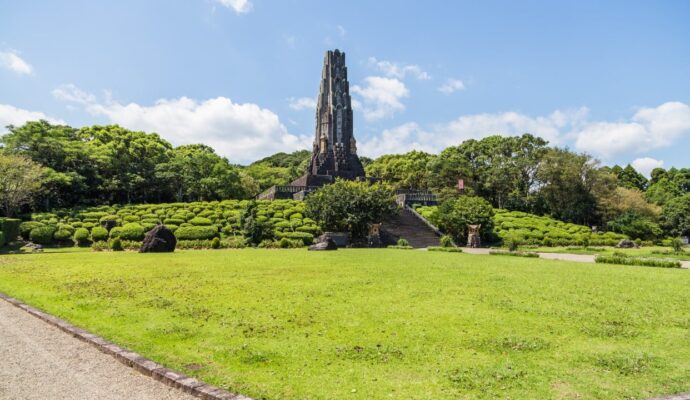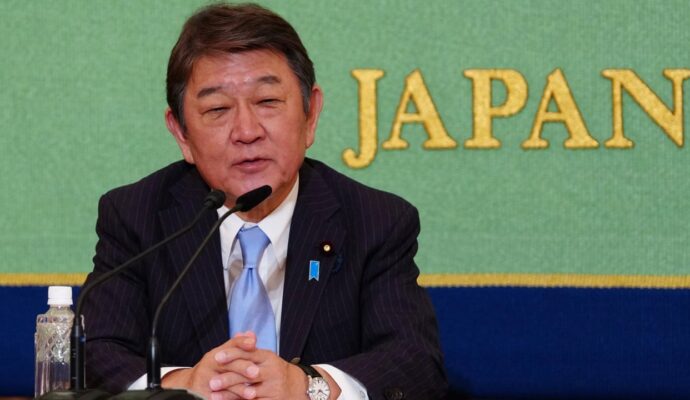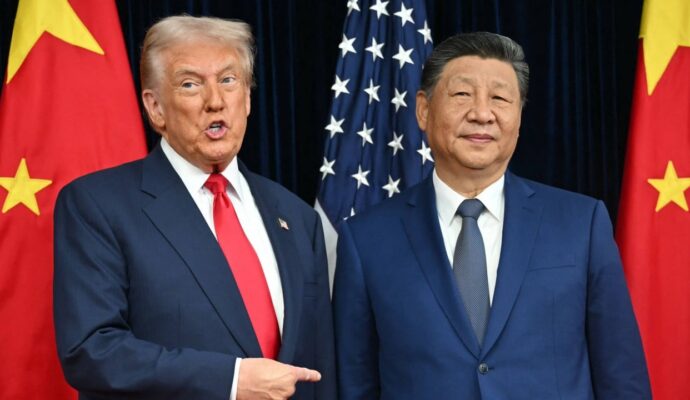This new drug was developed by Dizal, a biopharmaceutical company based in eastern China’s Jiangsu province. It aims to combat a specific type of lung cancer in which the tumour harbours a mutation known as “EGFR exon 20 insertions”.
“It’s an impressive outcome because previously other potential candidates could only achieve a response rate below 50 per cent for this lung cancer subgroup, ” said one chief scientist surnamed Tang – who declined to be identified by his full name – from a major biotech company in China told the South China Morning Post.
In 2020 and 2022 respectively, the drug was granted breakthrough therapy designations from China’s National Medical Products Administration (NMPA) and the US Food and Drug Administration (FDA).
In China, lung cancer is the leading type of cancer with the highest incidence and mortality rates, and the second most common cancer worldwide. It can be divided into two main categories, among which about 80 to 85 per cent are non-small cell lung cancer (NSCLC).
Around 30 per cent of NSCLC tumours harbour a mutation in the epidermal growth factor receptor (EGFR) gene, with rates reported to be highest in Asia and lowest in Europe. If looking closely at NSCLC patients who carry this EGFR gene mutation, the EGFR exon 20 insertions mutation is the third most common type, accounting for around 12 per cent of all cases.
According to publicly available information, there are about 64,000 new lung cancer patients caused by this mutation around the world every year, of which around 30,000 are newly diagnosed in China. But there remains a need for new therapeutic approaches.
Because of its high heterogeneity, or diversity, there has been a lack of safe and effective targeted treatment options for this mutation, leading to limited survival benefits – or a relatively modest boost to lifespan – for patients, according to Dizal.
“Patients and healthcare providers have long sought hope in the form of effective treatments that offer respite from relentless disease progression,” said oncologist Hidetoshi Hayashi, of the Kindai University faculty of medicine in Japan, in a comment article published in the same issue.
With more than 100 different subtypes of EGFR exon20ins reported in NSCLC, it is challenging for a single agent to be sweepingly effective. Sunvozertinib is essentially an EGFR inhibitor, with “high potency against a broad spectrum of EGFR exon20ins subtypes”, according to the paper.
AI tool for brain cancer prognosis created by team led by Hong Kong scientists
AI tool for brain cancer prognosis created by team led by Hong Kong scientists
The sunvozertinib phase 2 trial was conducted across 37 medical centres in China, with 104 patients enrolled between July 2021 and May 2022. The last enrolled patient was followed up for about six months.
This study finally screened 97 patients for efficacy analysis. All had received at least one line of previous systemic therapy, including conventional platinum-based chemotherapy.
It found that 59 patients achieved tumour response, reaching an “objective response rate” (ORR) of 61 per cent. All tumour responses were partial responses.
Regarding safety, the scientists said its toxicity was well tolerated when patients were given a dose of 300mg once a day. Of all grade 3 or above adverse effects, increased blood creatine phosphokinase was the most common, observed in 18 out of the 105 patients, accounting for 17 per cent, followed by diarrhoea and anaemia, at 8 per cent and 6 per cent respectively.
However, in the worst scenario, five people in the trial were diagnosed with interstitial lung disease because of the new therapy.
Based on the data, the drug was granted conditional approval in August by China’s NMPA for the treatment of advanced NSCLC with this specific gene mutation after platinum-based chemotherapies, marking the first home-grown therapy approved in China.
In addition to China, the drug’s global registration clinical trials are being conducted in the US, Europe, South Korea and Australia and other places.
The firm is carrying out other multi-centre clinical studies, hoping to prove that the drug can be a first-line treatment option and not only for advanced patients who have failed other therapies.
However, even getting the green light from authorities cannot guarantee success.
Why the next big Asian medical tourism destination could be Osaka, Japan
Why the next big Asian medical tourism destination could be Osaka, Japan
In October, Japanese pharmaceutical company Takeda and the US FDA announced that they planned to withdraw the drug mobocertinib – which fights the same subtype of lung cancer -from the global market because its phase 3 trial did not show the anticipated response when used as a first-line treatment. It received approval in China in January.
The new product from Dizal faces fierce competition from companies launching their own therapies. In China alone, more than 10 similar drugs are under development, and one has entered phase 3 clinical trials.




